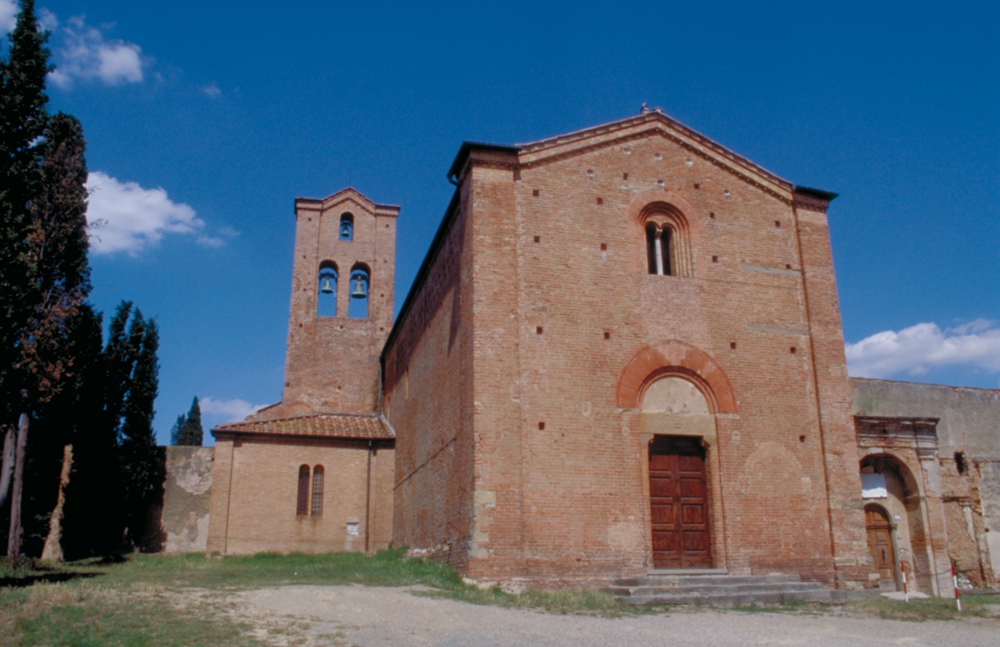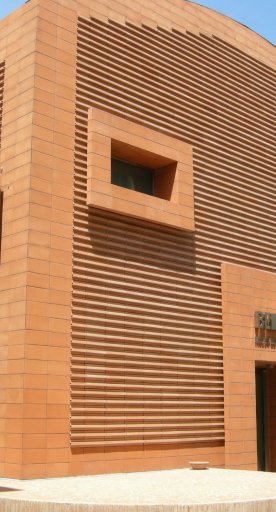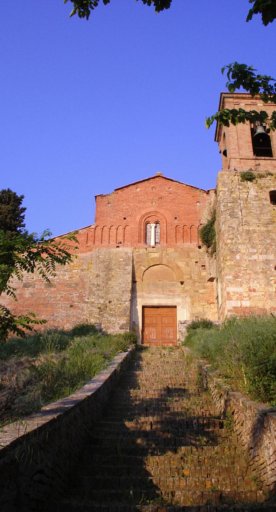
The Collegiate Church of Santi Lorenzo e Leonardo in Castelfiorentino
A precious interweaving of art, history and spirituality in the heart of the village in Val d’Elsa
In the heart of the historic center of Castelfiorentino is the Collegiate Church of Santi Lorenzo e Leonardo, a religious building representing one of the oldest and most significant examples of terracotta architecture in the Val d’Elsa, an integral part of the cultural and spiritual heritage of the local community, included in the Archdiocese of Florence.
Initially dedicated to Saint Leonard, the earliest reference to the church dates back to 1219 when it also served as a venue for civic meetings, fulfilling a dual religious and institutional role. In the 14ᵗʰ century, it came under the patronage of the Attavanti family, who built the San Giovanni Battista Chapel in 1326, while the link with the municipality is confirmed by the commission of a bell awarded to Bencivenni Pisano in 1308.
A decisive moment in the church’s history occurred on August 10, 1313, the day dedicated to Saint Lawrence, when the inhabitants of Castelfiorentino successfully repelled the troops of Henry VII, Holy Roman Emperor. In remembrance of this victory, the church assumed the dual dedication to Saints Lawrence and Leonard, thus merging historical memory with religious tradition. Until 1502, the collegiate church remained under municipal ownership, only to be acquired by the Canons of the Santi Ippolito e Biagio Parish Church, who transferred the title of collegiate church to it. In the following centuries, the building was enriched with new elements, such as the organ in 1573 and a terrace with twin sets of stairs in front of the façade, built in 1598 to match the new level of the square. Between 1697 and 1711, the building was also enlarged by incorporating the rear passageway.
The exterior of the collegiate church, mainly made of brick, retains obvious Romanesque elements. The simple, gabled façade features a portal with a rose window in Pisan style topped by a mullioned window. Inside, renovated between the 18ᵗʰ and 19ᵗʰ centuries in Baroque style, the church houses many valuable works. These include eight ovals painted by Giovanni Camillo Sagrestani in 1711, which tell the Stories of Saint Verdiana, along with two canvases depicting the saint’s miracles placed on the side altars. The high altar then holds a valuable 14ᵗʰ-century crucifix attributed to Giovanni Pisano. In the apse are three important canvases by Annibale Gatti, made in the 19ᵗʰ century to replace 17ᵗʰ-century canvases: the Glory of Saint Verdiana (1862), the Exequies of Saint Verdiana (1870) and Clement VII Praying Before the Altar of Saint Verdiana (1881), commemorating the Pontiff’s visit in 1533.

A work of great artistic significance is the panel painting of the Madonna di Castelfiorentino, dated between 1283 and 1284 and attributed to Cimabue, with the probable collaboration of a young Giotto. This masterpiece, a symbol of local artistic heritage, is now preserved in the Museum of Saint Verdiana.
Through its architecture, decorations and preserved works of art, the Collegiate Church of Santi Lorenzo e Leonardo represents a crossroads of history, art and spirituality, embodying the identity and devotion of the Castelfiorentino community.


